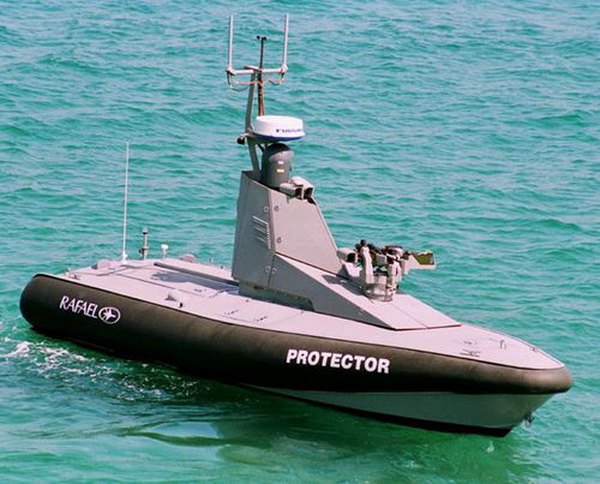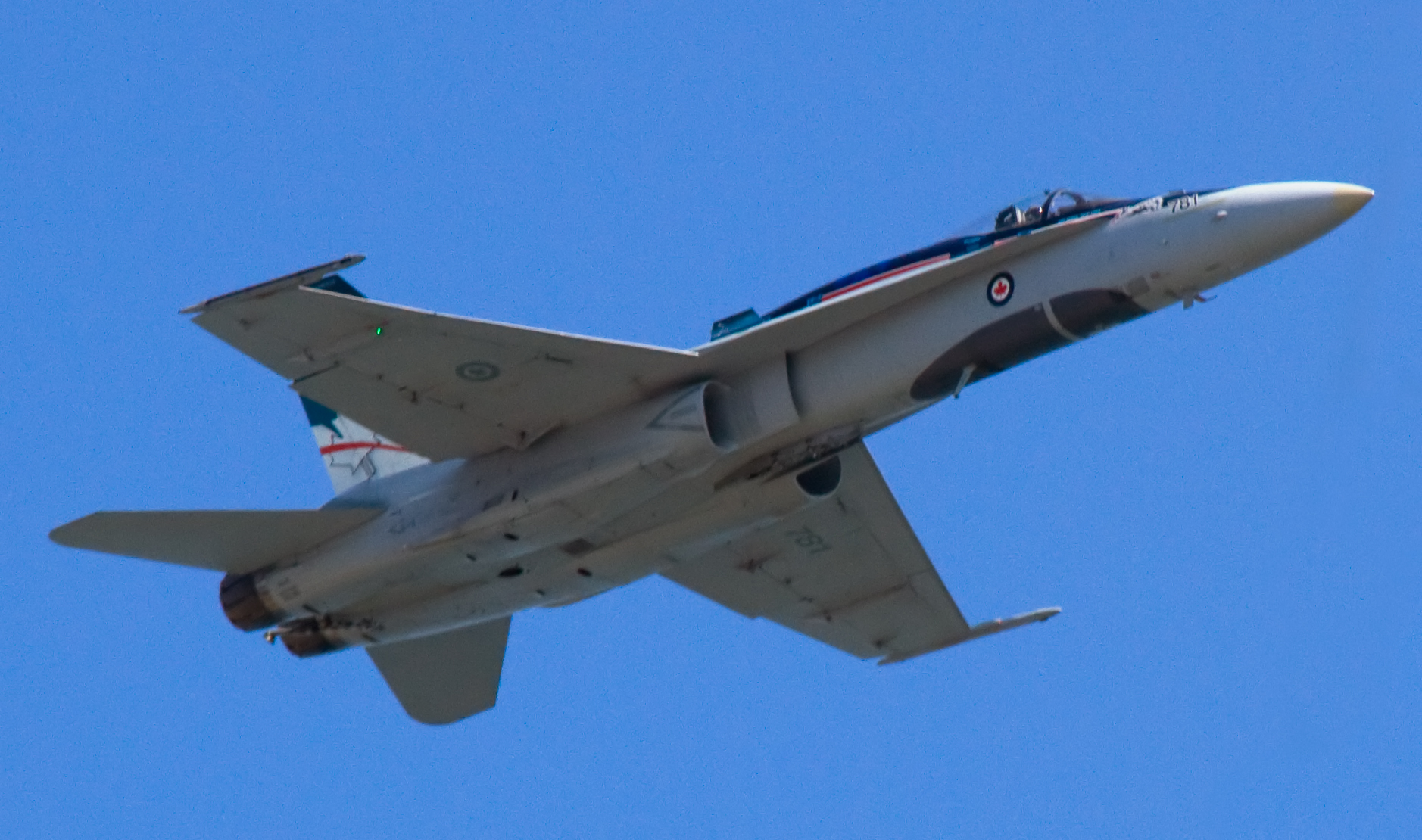After nearly two decades of controversy, the Royal Canadian Navy’s Victoria-class submarines are finally operational, as demonstrated in an exercise off the coast of British Columbia in February 2015. However, as some experts have indicated, these vessels will need to be replaced within the next decade. Given the increase in Russian submarine traffic in Arctic waters, how can Canada counter potential challenges to its sovereignty by such vessels without reliable submarines of its own?
Canada has not been alone in struggling to meet the renewed threat of incursion by Russian submarines. The United Kingdom has reportedly been caught unawares in the North Sea on a number of occasions, and NATO launched the curiously named Exercise Dynamic Mongoose in early May to enhance the anti-submarine warfare (ASW) capabilities of several member states, including Norway and Germany. Though this multinational exercise focused on conventional ASW technologies, the United States Navy has been making considerable advances in the use of autonomous underwater vehicles (AUV), which could prove a cost-effective solution to the Royal Canadian Navy’s submarine challenge.

AUVs are essentially underwater drones but are programmed to operate semi-autonomously, since there can be difficulties communicating with such vehicles while they are underwater. It would be far beyond modern technology to realize a scenario in which AUVs could seek out and destroy enemy submarines during an armed conflict. However, deploying a network of AUVs at chokepoints in Canada’s Arctic would certainly be achievable. US-based firm Bluefin Robotics designed a small, torpedo-shaped drone to autonomously aid in the search for the wreckage from Malaysia Airlines Flight 370, mapping the seafloor with a side-scan sonar.
During his tenure as Defence Minister, Peter MacKay announced a $3 million grant for Rolls Royce to research the viability of unmanned surface vehicles (USV), drones which could patrol surface waters in a manner similar to Canada’s current complement of Kingston-class coastal defence vessels, but without exposing sailors to the risks inherent to combat. No further progress has been made in the research and development of naval drones since that 2012 announcement. For the most part, the Department of National Defence’s focus on drone technology has been the integration of aerial surveillance drones into Canadian Army units, such as the current fleet of ScanEagle drones or the completion of a $5 million contract signed in October 2014 with MacDonald, Dettwiler and Associates to provide small, hand-launched drones for infantry formations.
It is entirely possible that the forthcoming Single Class Surface Combatant and Arctic Offshore Patrol Ships, which are to emerge as the workhorses of the Royal Canadian Navy by the end of the decade, will include surveillance drones, be they aerial or underwater. But AUVs could operate as a standalone system for the detection of unauthorized vessels operating on or beneath the surface of Arctic waterways. In its platform for the 2006 federal election, the Conservative Party of Canada proposed the creation of a ‘National Arctic Sensor System’, which would create a series of listening posts to function as ‘tripwires’ for submarines and other seacraft seeking to quietly enter Canadian territorial waters. In place of these listening posts, AUVs patrolling near Tuktoyaktuk, Northwest Territories and the Nunavut communities of Cambridge Bay and Resolute Bay could accomplish the same ends.
The Canadian government has not had positive experience with funding for military research and development projects, however. It may ultimately fall to those countries that have already made significant progress in the use of naval drones, such as Israel and the US, to realize fully functional submarine-hunting AUVs. For Canada, at least until the National Shipbuilding Procurement Strategy is completed, there will only be an interest in obtaining off-the-shelf technology.



